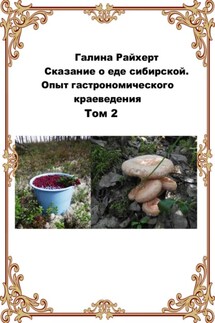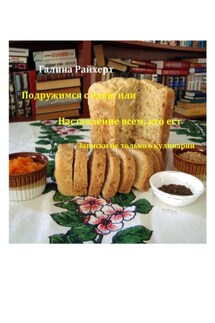Cooking with spice mixes, pastes and sauces - страница 14
Other foods: mushrooms, honey, beverages (red wine), vegetable oil (olive), sugar, soy sauce, juice and zest (lemon, lime), vinegar, bread.
Seasonings and spices: basil, mustard, cumin, ginger, cilantro, coriander, bay leaf, onion, oregano, paprika, black and white pepper, chili, parsley, rosemary, celery, thyme, caraway, fennel, sage, saffron, tarragon.
Cuisines and dishes: barbecue dishes (grill/shish kebab), Middle Eastern cuisine, curry dishes, Indian cuisine, Italian cuisine, Cajun and Creole cuisine, Chinese cuisine, Korean cuisine, Moroccan cuisine, Mexican cuisine, Pan-Asian cuisine, pesto, salad dressings, sauces (especially tomato), Mediterranean cuisine, soups and broths (especially chicken, vegetable), French cuisine.
GINGER
Fresh ginger is so rich with its saturation that, in most cases, it overlaps all other flavors. Therefore, ground ginger is very suitable for dry mixtures of spices presented in this book. Ground ginger is a warm spice that has a spicy hot, slightly fruity-lemon flavor and aroma. Ground ginger is widely used around the world, but it gained the most popularity in Europe and the Middle East. And Asian chefs use both fresh ginger and ground ginger. Ground ginger is perfectly combined with fresh pastries, beverages and fruits.
Ginger pairing:
Fruits and vegetables: pineapple, eggplant, banana, broccoli, grapes/raisins, green peas, pomegranate, pear, melon, green onions, cabbage, potatoes, strawberries, cranberries, gooseberries, lemongrass, kaffir lime leaves, leeks, shallots, raspberries, carrots, cucumbers, bell pepper, peach, tomato, rhubarb, beetroot, pumpkin, persimmon, citrus, apple.
Protein product: lamb, beef, legumes (peas, manga, pearl barley, wheat, millet, rice, beans, tamarind), yoghurt, kefir, coconut milk, sausages, milk, seafood (crab, lobster, mussels, scallops, shrimp); nuts (almonds, cashews, hazelnuts, peanuts, walnuts), poultry (especially chicken, duck), fish, pork, cream, sour cream, cheeses (especially ricotta, mascarpone), eggs.
Other foods: broths (especially beef, chicken), mushrooms, custard, maple syrup, sweets, pasta, vegetable oil (olive, sesame), butter, honey, ice cream, beverages (tea, wine, rum), biscuits, cakes, fish sauce, sugar, soy sauce, juice (lemon, lime), dough, vinegar, chocolate (dark chocolate, white chocolate).
Seasonings and spices: anise, star anise, basil, vanilla, clove, mustard, cumin, cardamom, cilantro, coriander, cinnamon, sesame, turmeric, bay leaf, onion, nutmeg, mint, paprika, allspice, black and white pepper, chili, celery, thyme, caraway, dill, fennel, garlic, saffron, tarragon.
Cuisines and dishes: Asian cuisine, Middle Eastern cuisine, curry dishes, Moroccan cuisine, sushi and sashimi, chutney.
MARJORAM
Not many people are familiar with warm aroma of this spice. Marjoram is a close relative of oregano. It goes well with fatty foods (pork and duck). Just like caraway, it is characterized by the balance creation a in herbaceous mixtures. It harmonizes well with rosemary, sage, savory, thyme and, of course, with oregano. Dukka is a shining example of the use of marjoram in spice blends. Having a delicate fine aroma, marjoram is added at the very end of cooking process.
Marjoram pairing:
Fruits and vegetables: apricot, artichoke, eggplant, broccoli, cherry, green peas, greens and lettuce (especially spinach), zucchini, cabbage, potatoes, corn, carrots, cucumbers, bell pepper, tomato, beetroot, asparagus, pumpkin, citrus, chives, apple.






